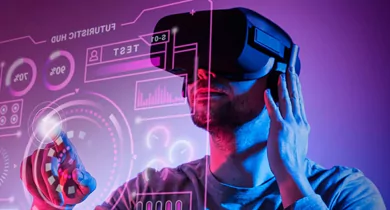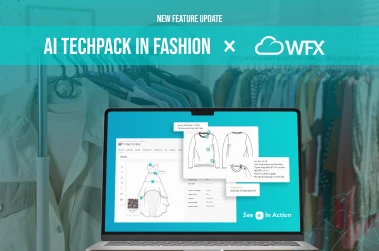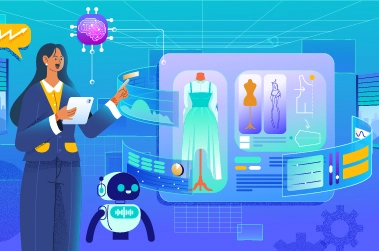1. Generative AI for quicker design

Generative AI is possibly the fasting moving technology right now. BoF and McKinsey’s The State of Fashion 2024 report dedicated prime real estate to discuss the impact of Generative AI on the fashion industry and for good reason! Gen AI will change the way we design, produce, merchandise, cost, market, and possibly wear fashion.
We’ve already seen that AI can be a co-designer, a trend analyst, a model, a personal shopper but we have still barely scratched the surface of what this technology could mean for the fashion industry as a whole. AI could work alongside human designers to design unique, trend-informed products. It could help optimize production floors. It could diversify marketing. 2024 will be the year to see how companies meaningfully implement AI within their own processes.
2. 3D prototyping for quicker sampling
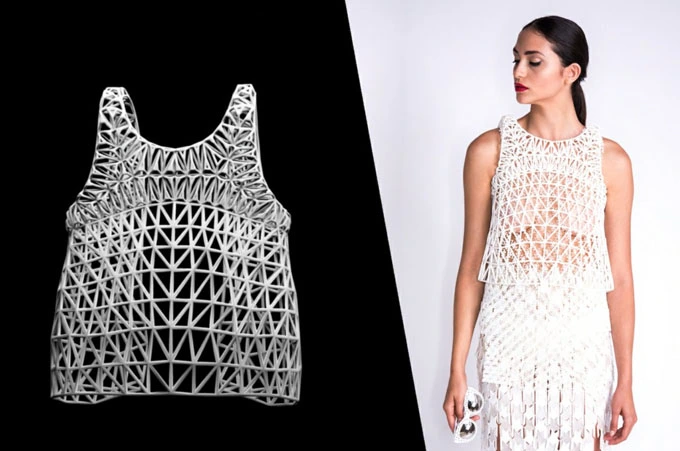
3D design and prototyping has been here for some time—but we’re only now seeing the wider adoption of this technology across businesses of all sizes. 3D printing enables designers to create prototypes quickly and easily, allowing them to test and adjust their designs in real-time.
This technology not only makes the design process faster but also reduces the costs associated with physical sampling. 3D prototyping will also be a gamechanger for factories. As the demand for personalization rises and we continue the race towards fast and ultra-fast fashion black, 3D is a technology that’s going to rise in popularity in the coming years.
3. Fit-Tech for better sizing
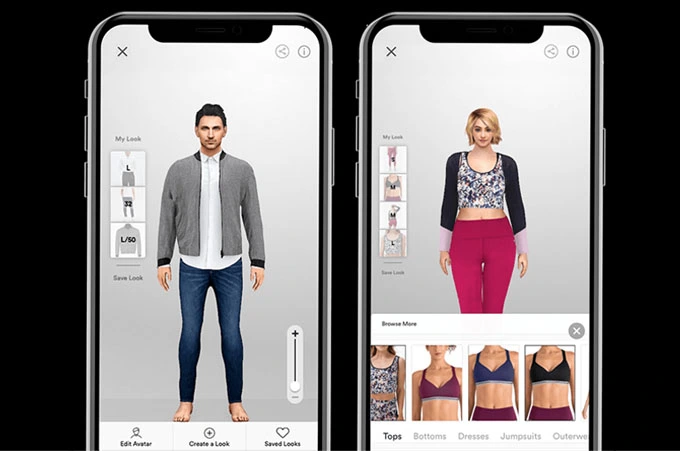
Inconsistent sizing is one of the biggest, if not THE biggest, challenges for the fashion industry. But we might finally be quite close to solving this problem for good. The convergence of technologies like machine learning, computer vision, AI, AR mirrors, and body scanners are going to be the key to a breakthrough in virtual fitting technologies.
Fashion brands can now use a combination of the latest tech to create personalized sizing solutions to create better-fitted garments that will eventually reduce the number of returns! A great example is Les Aimanats, a bridal wear brand, that’s using 3D-scanning tech that allows brides to take photos at home to take body measurements that are “as accurate as manual measuring tape.”
4. New-age fabrics for better function
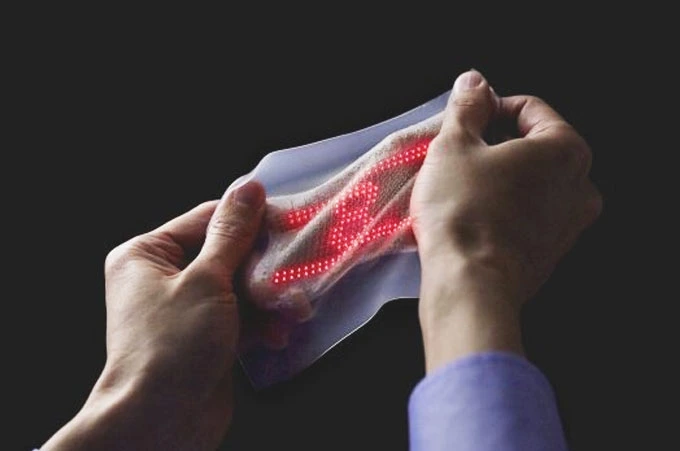
The advent of smart fabrics has opened our minds about what clothing can do. With the use of sensors and conductive fibers, fabrics can now be designed to monitor everything from body temperature to heart rate. Textiles can be programmed to adapt to different temperatures, sizes and so on.
Innovations in technical textiles will usher in a new era of functionality and comfort. These advancements go beyond mere aesthetics, empowering garments to serve as interactive extensions of our daily lives. From moisture-wicking properties in athletic wear to adaptive textiles that respond to environmental changes, the possibilities are endless.
5. Digital factories for optimizing production

Digital factories have become smarter and super-efficient thanks to past decade advancements in tech like Internet of Things (IoT), RFID and motion sensors etc. With IoT, factories can now be monitored and controlled in real-time, allowing for greater productivity, better quality control, and improved sustainability.
The concept of virtual twins or virtual factories will prove to be massive efficiency gainers for fashion businesses. These ‘digital twins’ are a digital replica of a physical factory, mirroring its processes, equipment, and operations in real-time. This innovative concept not only enables simulation and prediction but also empowers proactive decision-making. 2024 is going to be the year we see more widespread adoption of digital factory solutions across different business sizes.
6. Sourcing platforms for easier sourcing

As geopolitical tensions continue to remain high, sourcing will be a challenge on everyone’s mind. We will see several technological solutions to make sourcing easier. One such solution that’s already on the rise is sourcing marketplaces that allow brands to find and connect with suppliers from different geographies.
More and more businesses will either look to diversify their sourcing portfolio or strengthen relationships with existing suppliers. A key tool for consumer brands who want to build more confident relationships with suppliers would be product lifecycle management solutions such as WFX PLM which offers a built-in a Vendor Portal for real-time vendor communication and collaboration.
7.Blockchain for better traceability

The integration of blockchain technology within the fashion supply chain marks a significant stride toward fostering transparency and accountability. Brands can leverage the immutable and decentralized nature of blockchains to offer consumers unparalleled visibility into the lifecycle of their garments, from creation to consumption.
This heightened traceability will not only assure authenticity but also amplify the narrative behind each piece of clothing. However, it will be interesting to see how brands bridge the gap between traceability and consumer engagement to ensure that the provided information isn’t overwhelming but rather enriching and meaningful for consumers.
8. Industry-specific enterprise solutions for business automation

The growing demand for enterprise solutions tailored for the fashion industry signifies a pivotal shift towards customized and efficient business automation. These industry-specific solutions offer a nuanced understanding of the intricate processes inherent to fashion businesses and provide a tailored framework that aligns seamlessly with industry-specific workflows.
The allure of industry-specific solutions lies not just in their ability to optimize operations but also in their potential to automate labor-intensive tasks that have traditionally consumed valuable time and resources. In 2024, more businesses will want to work with solution providers with subject matter expertise who can bring to the table “the blueprint for your given industry”.
9. NFTs to combat counterfeits
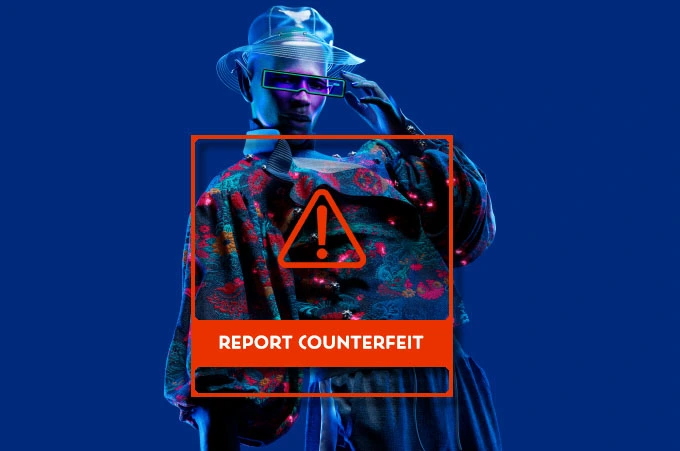
Non-Fungible Tokens (NFTs) present a promising avenue in the ongoing battle against counterfeit products for the fashion industry. By creating unique digital assets tethered to physical products, brands can potentially revolutionize the authentication process. NFTs will give consumers a tangible means to verify the authenticity of their purchases.
In 2024, brands will have to work out how they can make this tech more accessible and user-friendly for consumers of varying tech literacy levels. In fact, blockchain-based certificates could also be used to empower customers to make more ethical and sustainable buying decisions.
10. Warehouse automation solutions for factory management
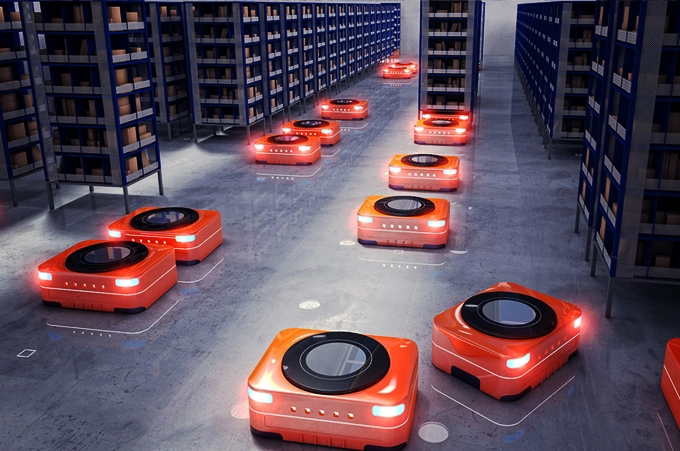
The integration of warehouse automation technologies, from robots to advanced automation software, represents a pivotal evolution in factory supervision, streamlining operations while maximizing speed, efficiency, and sustainability within the fashion supply chain.
These advancements in automation herald a new era of efficiency, offering real-time insights into inventory management and facilitating swift, accurate order fulfillment. The utilization of robots within warehouses not only accelerates repetitive tasks but also minimizes errors, optimizing productivity and reducing waste in the production process.
11. Virtual Stores, Virtual Clothes, Virtual Influencers for inclusive marketing
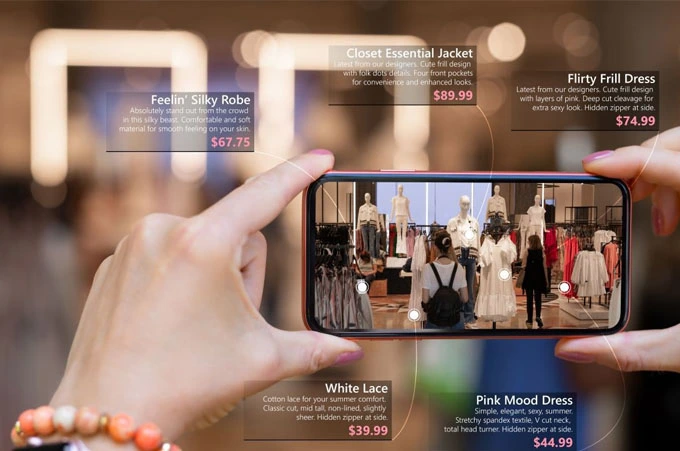
The emergence of digital-only fashion, characterized by virtual clothing that exists only in digital realms, signifies a major vibe shift in the way we perceive, purchase, and interact with fashion. Virtual stores offering these digital garments open doors to a world where consumers can curate their virtual wardrobes and showcase their style in digital-only environments, from gaming platforms to social media spaces and virtual reality landscapes.
Moreover, the rise of virtual-only influencers like Lil Miquela, Lu Do Magalu and even Mattel’s Barbie shows a clear paradigm shift in marketing strategies. Powered by generative AI, brands will create their own digital personas to engage audiences, promote products, and even conduct virtual shopping experiences. For example, Indian ecommerce giant Myntra launched its own virtual character Maya in 2023 to promote as part of their sales promotions.
Social media is really important for fashion brands to connect with people through influencers. It’s all about creating interesting content with pictures and videos. And to make those stories even better, video editing tools are a must-have.


































